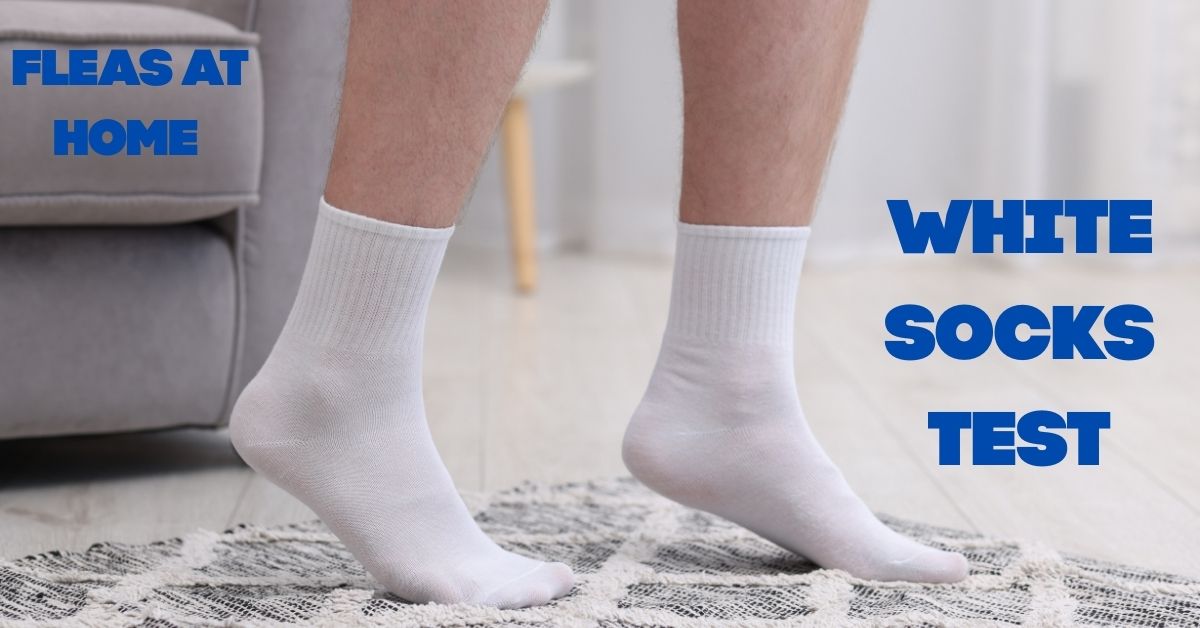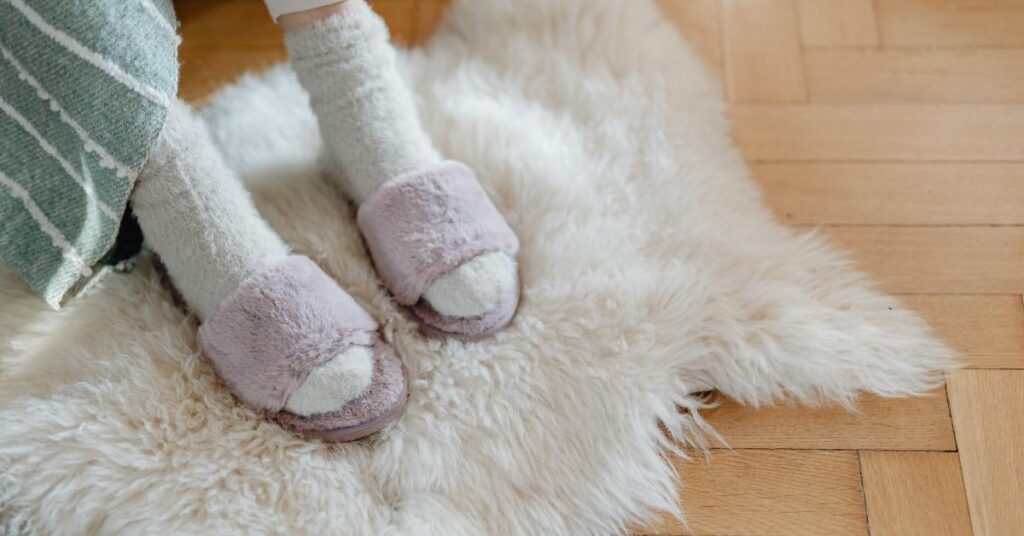Now Reading: Are Fleas Taking Over Your Home? Real Signs, Quick Checks & What to Do Next
- 01
Are Fleas Taking Over Your Home? Real Signs, Quick Checks & What to Do Next

Are Fleas Taking Over Your Home? Real Signs, Quick Checks & What to Do Next
Are Fleas Sneaking Into Your Home? Let’s Figure It Out Together
Let’s talk honestly for a moment.
If you’re here, something in your home feels off—maybe you’re seeing tiny bugs zipping by, maybe you’re itching more than usual, or maybe your dog is scratching like he’s auditioning for a drum solo.
And now you’re wondering if these could be the signs of fleas in house.
Take a breath. You’re not alone, and you’re definitely not the first person dealing with this. Fleas are sneaky, silent, fast breeders…and incredibly annoying. But once you learn exactly what to look for—and how to handle it—you’ll take back control of your home faster than you think.
So grab a seat. Imagine we’re sitting across from each other, coffee in hand, walking through this together step by step.

1. The Real Signs of Fleas in House You Should Never Ignore
Fleas don’t announce themselves. They don’t march across your living room waving tiny flags.
Instead, they leave clues—small ones, but very clear once you know what they mean.
Here are the most reliable signs of fleas in house:
✔ Constant Itching in Pets or Family Members
If your dog or cat won’t stop scratching, this is one of the biggest signs of fleas.
Even homes without pets can get fleas—yes, seriously. Fleas can enter through luggage, visitors’ pets, furniture, or previous tenants.
✔ Tiny Black Specks on Bedding, Carpets, or Pet Fur
Those black dots are flea dirt—dried blood. Wet one with a drop of water.
If it turns reddish-brown, congrats…that’s flea poop.
✔ Small Jumping Specks on Floors or Fabrics
Adult fleas are tiny, fast, and jumpy. You might catch one hopping near carpets or bed sheets.
✔ Red, Itchy Bites on Ankles or Feet
Fleas love lower legs. If humans in the home have small clusters of bites, that’s a classic sign of fleas in house on humans.
✔ Pets Acting Restless at Night
Fleas are more active in dim light—so nights become miserable for your pet.
You’ll start noticing these things from room to room. And when you do…that’s when you know the fleas didn’t just “visit.” They’ve moved in.
2. What Do Dog Fleas Look Like? (So You Know Exactly What You’re Spotting)

Good question—and an important one.
If you’re wondering what do dog fleas look like, picture this:
Tiny, dark brown insects, about the size of a sesame seed, with flat bodies and super-powered legs. They move fast and jump higher than you’d expect from a creature so small.
Once you spot one, you almost never forget what they look like again.
3. How to Check for Fleas on Your Dog (Do This Right Now)
Even if your home shows the signs of fleas in house, always check your dog too—because they’re the fleas’ favorite target.
Here’s how to check for fleas on dog quickly:
Run a flea comb through the fur, especially around the tail, belly, back, and neck.
If you catch:
- tiny bugs
- flea dirt
- or reddish flakes
…then you’ve confirmed the problem.
Even if your dog looks clean, fleas can hide deep in the coat. So be thorough.
4. How to Find Out If You Have Fleas (Even If You Don’t Have Pets)
Let’s settle something important:
Yes, you can have signs of fleas in house without pets.
Visitors, wildlife, used furniture, carpets, or even old apartments can bring them in. Fleas don’t need your pets—they just prefer them.
Here’s a simple test anyone can do:
The White Sock Test
- Put on a pair of long white socks.
- Walk slowly over carpets and fabric areas.
- Check for small, dark jumping dots on your socks.

It works ridiculously well.
You can also place a shallow dish of soapy water under a night light. Fleas are attracted to warmth—they jump in, and the soap traps them.
When you get even a few fleas?
That’s your confirmation.
5. Signs of Flea Infestation in House — When It’s More Than Just a Few Fleas
A couple of fleas is annoying.
A whole infestation? That becomes a nightmare.
Here are red flags that your issue is now a signs of flea infestation in house:
- You find flea dirt in multiple rooms
- Family members wake up with bites
- Pets can’t sleep at night
- You see fleas on furniture or curtains
- Vacuum fills with flea specks every time
If these match, you’re not dealing with “a few fleas.”
You’re dealing with an entire colony.
6. How to Get Rid of Fleas in Bed (Yes, They Can Be in There Too)
Fleas LOVE soft, warm spaces. So yes—they absolutely can get into bedding.
If you need to know how to get rid of fleas in bed, here’s your plan:
- Wash all bedding in hot water
- Run everything through a high-heat dryer
- Vacuum mattress and bed frame
- Use mattress-safe flea spray or steam
- Wash pet bedding too (fleas bounce between spots)
Do this repeatedly for 2–3 weeks because fleas hatch in cycles.
Must Read: Frontline and Frontline Plus: What Every Pet Owner Should Know
7. Best Action Plan to Finally Take Back Your Home
Now that you know the signs of fleas in house, here’s what you should do next:
✔ Step 1: Treat Your Pets
Use vet-approved flea meds (spot-on, tablets, or collars).

✔ Step 2: Deep Clean Your Home
Vacuum daily
Wash fabrics
Steam carpets if possible
✔ Step 3: Treat Every Room
Use flea spray, powder, or foggers—but follow instructions carefully.
✔ Step 4: Repeat for 2–3 Weeks
Because fleas hatch in cycles, consistency is everything.
A Treat For You: Flea Collars for Dogs: Do They Really Work or Just Hype?
You Can Beat This, I Promise
Fleas may feel overwhelming right now, but once you understand the signs of fleas in house, you take back control.
You’re already ahead because you’re educating yourself instead of ignoring the problem.
And trust me—fleas don’t stand a chance against someone who knows what to look for and how to act quickly.
FAQs
The very first signs of fleas in a house usually include tiny black specks on carpets or bedding, pets scratching nonstop, and small itchy bites on your ankles or legs. You may also notice tiny jumping insects when you walk on carpeted areas. These early clues tell you fleas are already inside and starting to spread.
Yes, absolutely. Fleas can enter through visitors’ pets, wildlife, luggage, used furniture, or even from previous tenants. Once they’re inside, they live in carpets, cracks, fabrics, and bedding. So even homes without pets can still show signs of fleas in house and develop an infestation.
You can confirm fleas using the white-sock test: wear long white socks and walk slowly across carpeted or fabric areas. If you see tiny dark dots jumping onto your socks, you have fleas. You can also check for flea dirt—small black flakes that turn reddish-brown when wet. Spotting even one adult flea is enough to confirm a problem
Have Fun Reading: Gay Dog Mask: What It Really Means in Modern LGBTQ+ Culture












